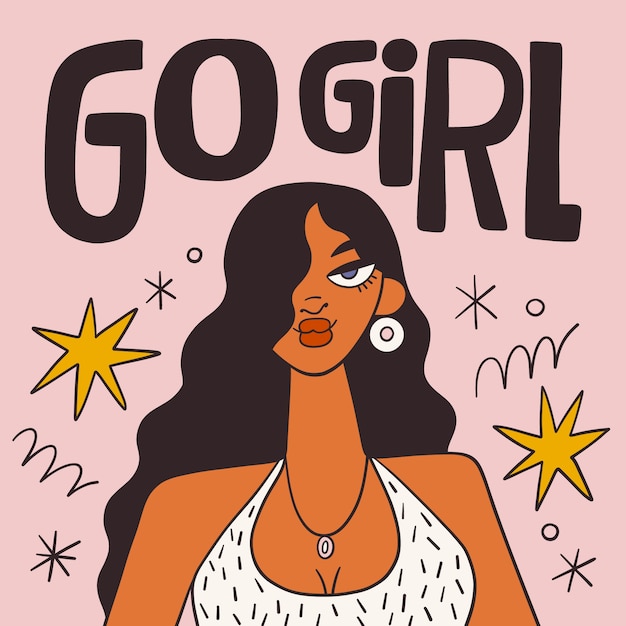Calissha Font Duo
Discover what countries celebrate International Women’s Day
As the Women’s Day celebration consolidated, more and more places have joined it. This day is still relevant, as there are many rights still to be conquered. There are many particularities and traditions, so if you want to find out how Women’s Day is held, just check out this section and share the knowledge with everyone!



































